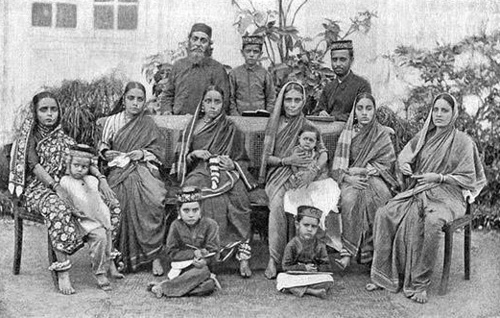A new study conducted by Tel Aviv University (TAU), Cornell University, and the Albert Einstein College of Medicine has claimed to discover genetic proof that the Bene Israel community in western India has Jewish roots.
The Bene Israel community has always considered itself Jewish and believes it descends from 14 Jews who found themselves on India’s Konkan shore after they were shipwrecked. Legends indicate the shipwreck could have happened 2,000 years ago, while others estimate the date of the event to be about 175 BCE or in the 8th century BCE.
“Almost nothing is known about the Bene Israel community before the 18th century, when Cochin Jews and later Christian missionaries first came into contact with it,” said a statement by the study’s lead author, Yedael Waldman, a faculty member of both TAU’s Department of Molecular Microbiology and Cornell’s Department of Biological Statistics and Computational Biology. “Beyond vague oral history and speculations, there has been no independent support for Bene Israel claims of Jewish ancestry, claims that have remained shrouded in legend.”
The study’s team conducted comprehensive genome-wide analyses on the genetic markers of 18 Bene Israel individuals and found that “while Bene Israel individuals genetically resemble local Indian populations, they constitute a clearly separated and unique population in India,” according to Waldman.
“The results point to Bene Israel being an ‘admixed’ population, with both Jewish and Indian ancestry. The genetic contribution of each of these ancestral populations is substantial,” said co-lead author on the study Arjun Biddanda of Cornell. The results of the study explain that the Jewish and Indian ancestors of the Bene Israel interbred anywhere from 19 to 33 generations ago, corresponding to between 650 and 1,050 years ago.
“We believe that the first encounter involved Middle-Eastern Jews and was followed by a high rate of tribal intermarriage,” Waldman said. “This study provides a new example of how genetic analysis can be a valuable and powerful tool to advance our knowledge of human history.”
By: JNS.org
